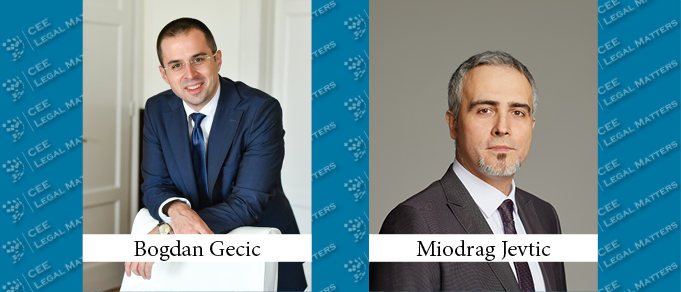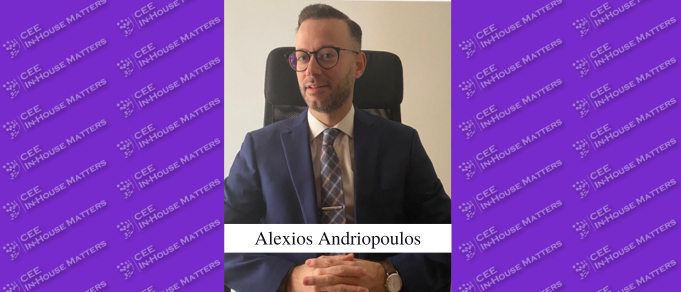The telecommunication industry in Serbia and the region is going through transformative changes at the core of its business. The market has seen significant consolidation and competition for consumers has become tough. Considerable investment has ensued in the sector, introducing significant changes in both services and delivery. These trends have sparked a remarkable focus shift from traditional land and mobile telephony services to information technologies and media distribution. Consumer needs and aspirations, fueled by the convergence of technologies, have set the bar high, and telecommunication companies have been able to adapt quickly.
There remained, however, a missing link between the advanced underlying technology and the audience. Telecommunication companies have invested heavily in filling this gap, understanding that the industry’s opportunities for further development and expansion lie in the marriage of excellent infrastructure and premium content. With this in mind, telcos have sparked a true renaissance in the production of domestic media content, such as series, shows, and movies in various popular genres, often involving the collaboration between Serbian and regional participants, both in the production aspects and especially as cast members.
By focusing on production, the telcos aim to expand their potential market, reaching out to a much broader audience by reconnecting the ex-Yugoslav region through high-quality content and appealing to a vast regional diaspora across the globe, in total a 40-million-strong potential market.
The trend in content production complements the expansion and increasing popularity of over-the-top media services. Premium streaming services comparable to Netflix, Amazon, and Disney+, which make local-language content readily available across the globe, even on mobile devices, are becoming an essential part of the offer of telecommunication companies. The rise in digital solutions on the back of the vibrant streaming business will enable the further expansion of telcos into other high-potential opportunities, including fintech services, such as international remittances and trading in digital assets.
Telcos have identified a substantial opportunity to focus on streaming services leveraging a shared history and language similarities, across the Balkans, while simultaneously creating a basis for healthy competition within this niche. This process contrasts with the trends in the EU market, where telcos seem to be struggling with the increased bandwidth usage from large content providers, asking regulators to impose additional fees for the use of the internet infrastructure, which is likely to harm, rather than promote, investment and innovation in the sector.
The developments in the Serbian and regional telecommunications sector also fit into a much broader picture. Investments in infrastructure and content fuel growth in numerous other industries, ranging from the creative and entertainment sector to media distribution, which are seeing unprecedented expansion supported by a vital funding source for new projects.
The broader economic impulse is further reinforced by stimulating long-term initiatives from the telecommunications industry, such as backing the first corporate venture capital fund in the region to invest in high-potential tech startups. This move helps small businesses and local talent grow and is likely to contribute to further expansion in the already booming regional ICT sector. As a hotbed of innovation, these enterprises will also likely drive future developments in the telecommunications and media sphere.
The trends we are seeing in the telecommunications industry contribute to a dynamic environment in the regional TMT landscape and, ultimately, provide consumers with more outstanding quality and choice of services and content.
The regulatory framework in Serbia, however, seems to be lagging in several areas, currently not focusing on media content and entertainment aspects. Discussions on potential changes to the local media laws have advised a greater focus on various issues related to media production, which the current Serbian framework has somewhat overlooked. Fine-tuning the regulation is recommendable to, on the one hand, support positive trends and further development in the sector, while protecting all participants and maintaining a balance between the key players, on the other, and this is by no means an easy feat in a highly competitive market.
By Bogdan Gecic, Founding Partner, and Miodrag Jevtic, Counsel, Gecic Law
This Article was originally published in Issue 9.10 of the CEE Legal Matters Magazine. If you would like to receive a hard copy of the magazine, you can subscribe here.






















